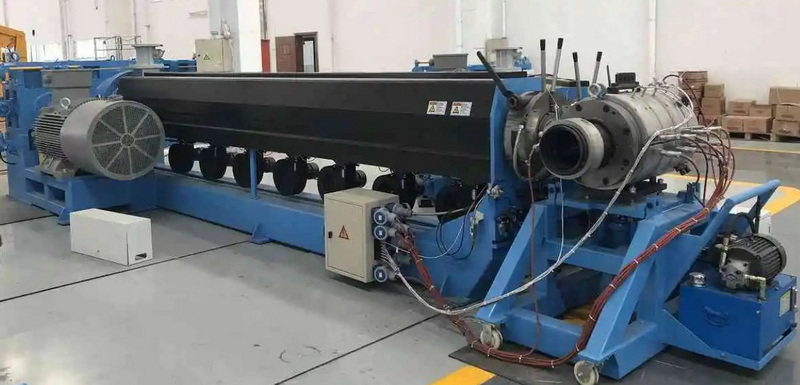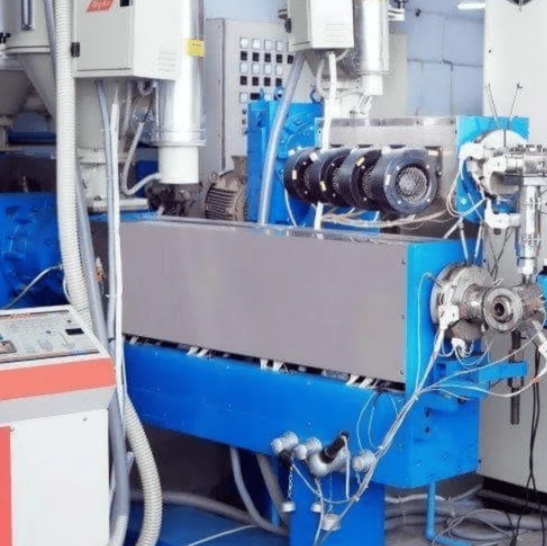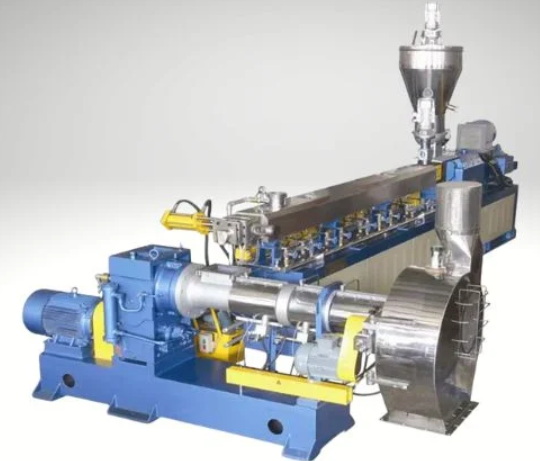Content Menu
● Introduction to Extrusion Coating
>> Extrusion Coating Process
● Materials Used in Extrusion Coating
>> 1. Paper and Paperboard
>> 2. Aluminum Foils
>> 3. Plastic Films
>> 4. Non-wovens and Fabrics
>> 5. Metal Foils and Other Materials
● Applications of Extrusion Coating
>> 1. Packaging Industry
>> 2. Medical and Hygiene Products
>> 3. Industrial Applications
● Extrusion Coating Equipment
>> Components of Extrusion Coating Machines
>> Advantages of Extrusion Coating Equipment
>> Maintenance and Optimization
>> Future Developments
● Conclusion
● Frequently Asked Questions
>> 1. What is Extrusion Coating Used For?
>> 2. What Materials Can Be Coated Using Extrusion Coating Machines?
>> 3. How Does the Extrusion Coating Process Work?
>> 4. What Are the Advantages of Using Extrusion Coating Equipment?
>> 5. What Types of Resins Are Commonly Used in Extrusion Coating?
Extrusion coating is a versatile process used to apply a thin layer of molten plastic onto various substrates, enhancing their properties and functionality. This technique is widely employed in the packaging, medical, and industrial sectors. In this article, we will explore the diverse range of materials that can be used with extrusion coating machines, including their applications and benefits.

Introduction to Extrusion Coating
Extrusion coating involves melting thermoplastic resin and extruding it through a die onto a moving substrate. The coated material then passes through a nip roll assembly, where it is pressed and cooled, forming a permanent bond. This process is efficient for applying various plastics, such as polyethylene, onto substrates like paperboard, corrugated fiberboard, paper, aluminum foils, and plastic films.
Extrusion Coating Process
The extrusion coating process typically involves the following steps:
1. Material Preparation: The substrate is unwound from a roll and fed into the machine.
2. Extrusion: The thermoplastic resin is melted in an extruder and forced through a slot die.
3. Coating: The molten resin is applied onto the moving substrate.
4. Bonding: The coated substrate passes through a nip roll assembly, where it is pressed and cooled.
A[Unwind Substrate] --> B[Extruder]
B --> C[Slot Die]
C --> D[Nip Roll Assembly]
D --> E[Wind-up]
Materials Used in Extrusion Coating
Extrusion coating machines can handle a wide variety of materials, including:
1. Paper and Paperboard
Paper and paperboard are commonly used substrates for extrusion coating. They are often coated with polyethylene to enhance moisture barrier properties, making them suitable for packaging applications such as milk cartons and cereal boxes. The process improves the durability and water resistance of these materials, extending their shelf life and enhancing their performance in various environmental conditions.
2. Aluminum Foils
Aluminum foils are used in applications requiring high barrier protection, such as food packaging. Extrusion coating with plastics like polyethylene can improve the foil's durability and flexibility. This combination is particularly useful for packaging sensitive products that require protection from moisture and light.
3. Plastic Films
Plastic films, including polyester and polypropylene, can be coated with additional layers to enhance their properties. This is useful in flexible packaging and medical applications. For instance, adding a layer of polyethylene to polyester film can improve its sealability and moisture barrier properties.
4. Non-wovens and Fabrics
Non-woven materials and fabrics can be coated to improve their strength and barrier properties. This is particularly useful in medical and hygiene products, such as surgical drapes and disposable diapers. The coating enhances the material's resistance to fluids and improves its durability during use.
5. Metal Foils and Other Materials
Other materials like metal foils and cellulose can also be coated using extrusion coating machines. These materials are used in specialized packaging and industrial applications where high barrier protection is required.

Applications of Extrusion Coating
Extrusion coating has a wide range of applications across various industries:
1. Packaging Industry
In the packaging sector, extrusion coating is used for liquid packaging, flexible packaging, and sack linings. It provides moisture barrier properties and enhances durability. For example, milk cartons and juice boxes are often made from paperboard coated with polyethylene to prevent leakage and spoilage.
2. Medical and Hygiene Products
Extrusion coating is used in medical packaging to provide barrier protection against moisture and contaminants. It is also used in hygiene products like diapers and sanitary napkins. The coating helps maintain the integrity of these products by preventing fluid penetration and improving their overall performance.
3. Industrial Applications
In industrial settings, extrusion coating is used for insulation-backed materials and plastic-coated tablecloths. It enhances the durability and functionality of these products. For instance, plastic-coated tablecloths are more resistant to spills and easier to clean than uncoated ones.
Extrusion Coating Equipment
Extrusion coating equipment includes extruders, slot dies, and nip roll assemblies. These machines are designed to handle various substrates and resins efficiently.
Components of Extrusion Coating Machines
- Extruder: Melts the thermoplastic resin.
- Slot Die: Extrudes the molten resin onto the substrate.
- Nip Roll Assembly: Presses and cools the coated substrate.
Advantages of Extrusion Coating Equipment
- Efficiency: Allows for continuous production with high speed and accuracy.
- Versatility: Can handle a wide range of substrates and resins.
- Cost-Effective: Reduces material waste and improves product quality.
Maintenance and Optimization
To ensure optimal performance of extrusion coating equipment, regular maintenance is crucial. This includes cleaning the extruder and slot die, checking for wear on moving parts, and calibrating the temperature control systems. Proper maintenance helps prevent downtime and ensures consistent product quality.
Future Developments
The future of extrusion coating involves advancements in technology and materials. New resins with improved properties, such as biodegradable plastics, are being developed. Additionally, advancements in machine design are expected to increase efficiency and reduce environmental impact.
Conclusion
Extrusion coating machines are versatile tools that can process a wide variety of materials, enhancing their properties for diverse applications. From packaging to medical and industrial uses, extrusion coating plays a crucial role in improving product functionality and durability.

Frequently Asked Questions
1. What is Extrusion Coating Used For?
Extrusion coating is used to apply a thin layer of molten plastic onto substrates like paper, aluminum foil, and plastic films. It enhances barrier properties and durability, making it suitable for packaging, medical, and industrial applications.
2. What Materials Can Be Coated Using Extrusion Coating Machines?
Materials that can be coated include paper, paperboard, aluminum foils, plastic films, non-wovens, and fabrics. These materials are used in various applications such as packaging, medical products, and industrial wraps.
3. How Does the Extrusion Coating Process Work?
The process involves melting thermoplastic resin in an extruder and extruding it through a slot die onto a moving substrate. The coated material then passes through a nip roll assembly, where it is pressed and cooled.
4. What Are the Advantages of Using Extrusion Coating Equipment?
Extrusion coating equipment offers efficiency, versatility, and cost-effectiveness. It allows for continuous production with minimal waste and improves product quality by enhancing barrier properties and durability.
5. What Types of Resins Are Commonly Used in Extrusion Coating?
Commonly used resins include polyethylene (LDPE, HDPE), polypropylene, and ethylene vinyl acetate copolymers. These resins provide excellent barrier properties and are suitable for various substrates.













